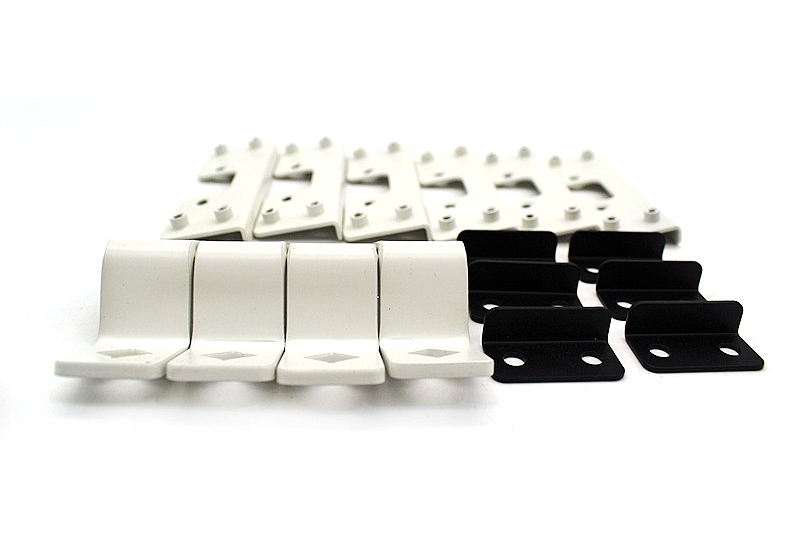What metals benefit most from precision metal bending?
Introduction
Precision metal bending is crucial for industries that require high-accuracy profiles, tight tolerances, and consistent repeatability. As an engineer working across sheet metal, casting, and machining workflows, I rely on controlled bending methods to form metals without compromising their structural integrity. The suitability of each metal depends on ductility, yield strength, and post-forming requirements. Below is a detailed breakdown of the metals that benefit most from precision bending, supported by optimized manufacturing, material selection, surface treatment, and industry-specific considerations.
Metals That Perform Best in Precision Metal Bending
Metals with good ductility and predictable grain structure respond exceptionally well to bending. For example, forming operations often pair well with upstream processes, such as metal bending and sheet metal fabrication, where aluminum, stainless steel, and low-carbon steels are commonly used.
Aluminum alloys such as 360, A356, and A380 bend cleanly due to their high formability. These grades are frequently used for structural brackets, enclosures, and lightweight housings. When higher strength is required, casting-compatible alloys such as cast aluminum and heat-treatable variants provide both rigidity and dimensional control.
Stainless steels also benefit from precision bending. Materials such as cast stainless steel maintain excellent corrosion resistance while providing adequate ductility for tighter radii. Similarly, ductile metals like copper alloy and certain magnesium alloy compositions can be bent effectively when proper tooling and bend allowances are applied.
Supporting Manufacturing Processes
Precision bending integrates seamlessly with advanced processes. For example, laser-fabricated blanks produced through laser cutting and thermally processed sheets formed by plasma cutting ensure clean edges before bending. When prototypes are required, workflows like prototyping and 3D printing prototyping help engineers validate bend geometry before committing to production forming. Large assemblies that demand both stiffness and accuracy often begin with sheet metal stamping to create bend-ready profiles.
Material Behavior and Post-Bend Conditioning
Surface treatments reinforce bend performance. For aluminum alloys, processes such as anodizing enhance wear resistance without affecting bend strength. For steels, finishing methods like powder coating protect the formed component from abrasion and oxidation. Additionally, thermal refinements via heat treatment can stabilize grain structure after bending.
Industries That Rely on Precision Bending
In the automotive sector, precision bending is used to shape structural reinforcements, brackets, and lightweight frame elements. The consumer electronics industry depends on bending to create thin, complex housings and shielding structures. For rugged applications such as power tools, high-strength aluminum and steel components gain durability and structural balance through controlled bending.
Conclusion
Metals with high ductility, stable mechanical properties, and predictable deformation profiles—such as aluminum, stainless steel, copper, and select magnesium alloys—benefit most from precision metal bending. When paired with proper manufacturing processes, material selection, and post-treatments, bending produces durable components suitable for demanding industrial applications.



